A Revanth Reddy urges BrahMos expansion in Hyderabad, inaugurates Google Cybersecurity Centre
The Chief Minister also inaugurated the Google Safety Engineering Centre (GSEC) at Hi-Tech City earlier in the day.
Princely states or native states were states that were not under the direct British rule and had a local ruler. By 1947, there were 565 princely states in India. These states, pampered by the British, enjoyed autonomy with recognition as separate units.
Shreya Thapliyal | New Delhi | August 14, 2018 3:17 pm
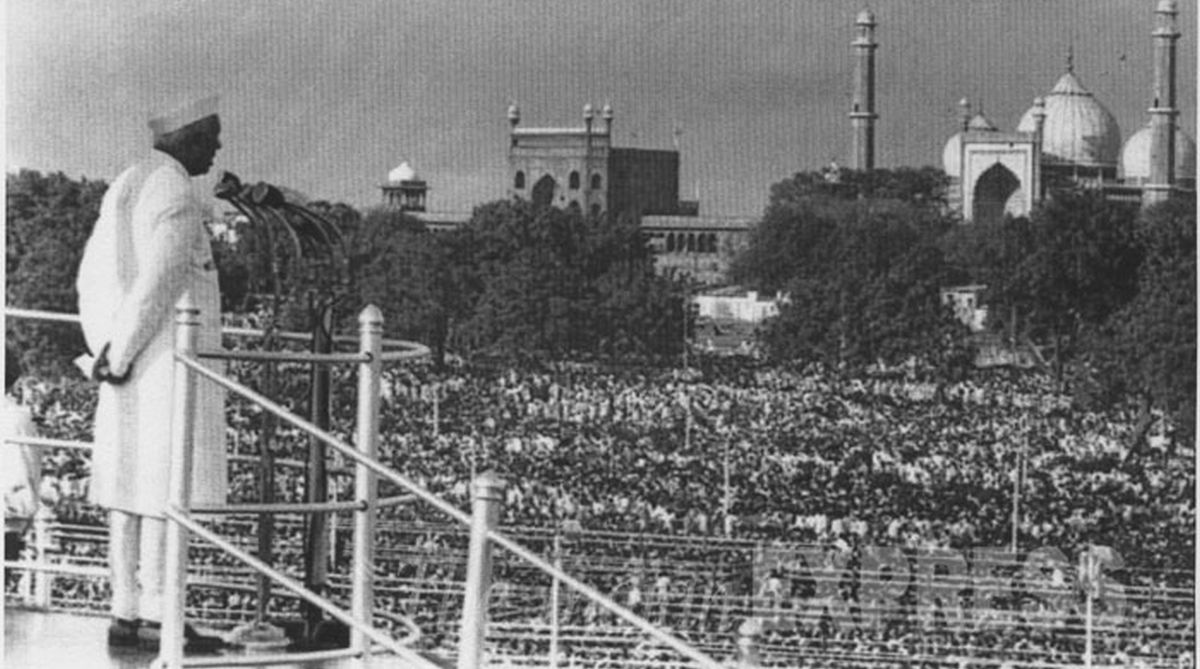
First Prime Minister Jawaharlal Nehru addresses the nation from the Red Fort on 15 August, 1947. (Photo: Wikimedia Commons)
There is no more impactful moment in the Indian history than the eve of 15 August 1947 — India’s Independence Day. Jawaharlal Nehru, the first Prime Minister of independent India, said, “At the stroke of midnight hour, when the world sleeps, India will awake to life and freedom.”
But this road to freedom was not easy. Countless lives were lost, blood of hundreds of innocents was shed to achieve Independence. Millions of Hindus and Muslims were forced to leave the place they called “home” for generations, and relocate to somewhere else. The economy was mainly agrarian with about 85 per cent of the population involved in agriculture. But the biggest challenge was weaving together the statehoods that the British had left behind and make the country, India, as we know it today.
Advertisement
Princely states or native states were states that were not under the direct British rule and had a local ruler. By 1947, there were 565 princely states in India. These states, pampered by the British, enjoyed autonomy with recognition as separate units. They were very important in terms of revenue and area. For example, the princely state of Hyderabad had an annual revenue of over 9 crore. The population of Jammu and Kashmir and Hyderabad were 9 million and 16 million, respectively. When India became independent, it was very important to include these states in the country.
Advertisement
READ | Tryst With Destiny: Watch first Independence Day address by Pt Jawaharlal Nehru
The Indian National Congress had also declared its objective in the 1938 Haripura session-
“The Congress stands for the same political, social and economic freedom in the States as in the rest of India and considers the States as integral parts of India which cannot be separated. The Purna Swaraj or complete independence, which is the objective of the Congress, is for the whole of India, inclusive of the States, for the integrity and unity of India must be maintained in freedom as it has been maintained in subjection.”
To achieve this objective, a new states department was set up with Sardar Vallabhbhai Patel as its head and VP Menon as the secretary. Together, under the guidance of last Viceroy Lord Mountbatten, they had the responsibility to convince the royals to accede to India.
Independence Day Special | Did you know of Chhattisgarh’s Jal Satyagraha?
An ‘Instrument of Accession’ was drawn up in which the princely states were required to give over the subjects of defence, foreign relations and communications to the Government of India. In other matters, their autonomy was to be respected. Baroda, Bikaner, Jaipur were among the first states to join India. In less than three weeks, practically all the states had signed before August 1947. Some states were, however, unwilling to join India for the fear that they will lose their independence. How these states finally came together with India is an interesting tale of bloodless revolution led by Sardar Vallabhbhai Patel.
Travancore
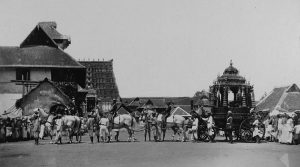
The Kerala state that we have now is made up of three princely states of Travancore, Cochin and Malabar. When the British left India, the Diwan of Travancore, Sir CP Ramaswamy Iyer announced that Travancore would establish itself as an independent state. This led to a political struggle in Travancore and a few days later, an unsuccessful attempt was made on Sir CP Ramaswamy Iyer’s life. After this incident, he left the state and Travancore was included in the Indian Union.
15th August | What else happened on the date India celebrates its Independence Day
Hyderabad
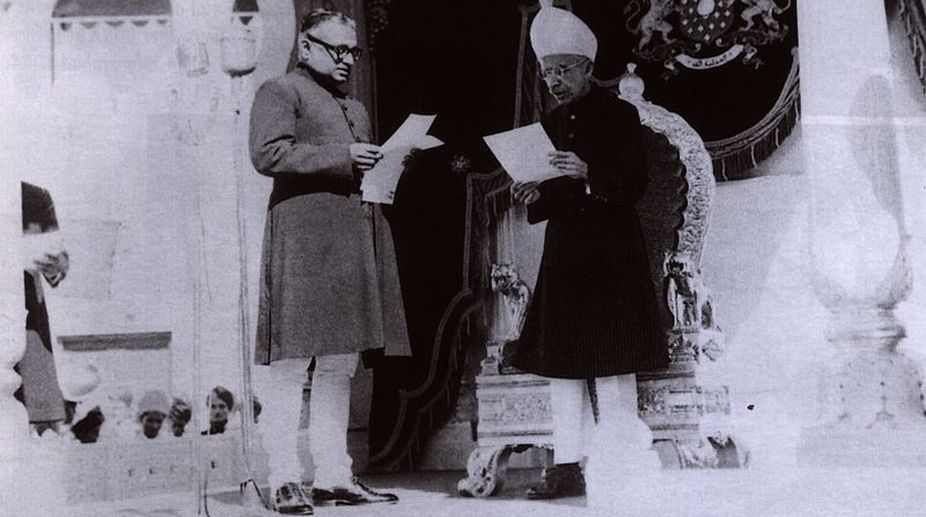
Hyderabad was the biggest princely state at the time of Independence. It was a Hindu majority state with a Muslim ruler. The Nizam was given a year to accede to India. But when no decision was taken even after a year, the Indian Armed Forces marched into Hyderabad and the Nizam saw no other option but to join India. So, in September 1948, Hyderabad was annexed into the Indian Union.
Junagadh
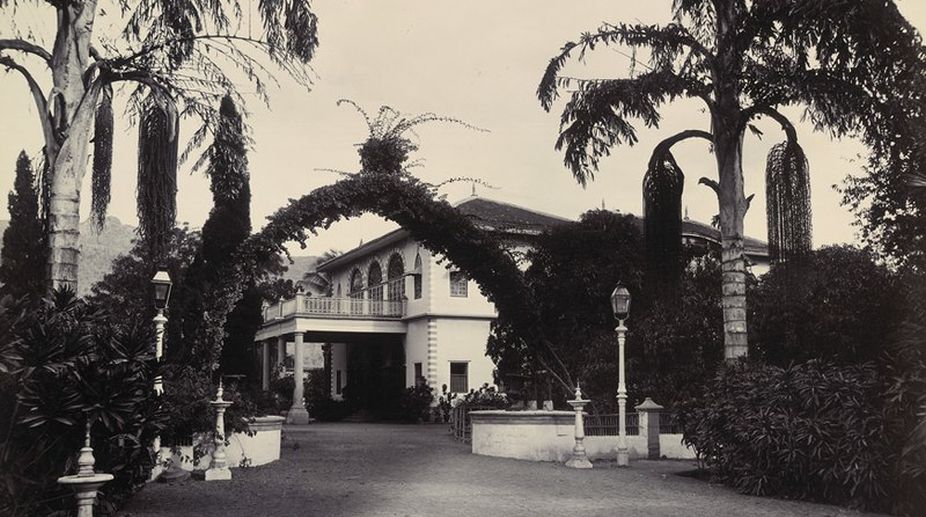
Junagadh was another state that had Hindu majority but was ruled by a Muslim ruler. In early 1947, Nabi Baksh, the Dewan of Junagadh, invited Muslim League’s Sir Shah Nawaz Bhutto to join the state council of ministers. In the the dewan’s absence, Bhutto took over the office, and impressed upon the Nawab to accede to Pakistan. This disturbed the situation in Junagadh that led to a complete breakdown of the economy and eventually the Nawab fled to Karachi. Sardar Vallabhbhai Patel then requested Pakistan to allow a plebiscite. Eventually, on February 20, 1948, a plebiscite was held in Junagadh where 91 per cent of the voters chose to join India.
Kashmir
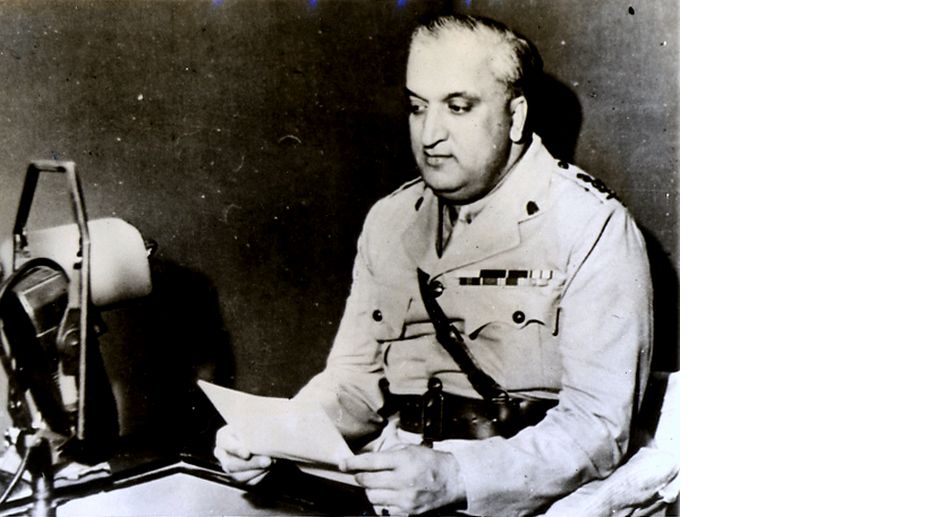
Kashmir was a state with majority of the population Muslim and a Hindu ruler. Most of the princely states were told to accede to either India or Pakistan. Hari Singh, the ruler of Kashmir, did not want to make a hurried decision. So, he signed a “standstill” agreement with Pakistan, which ensured continuity of trade, travel, communication, and similar services between the two. In October of 1947, Pashtuns from Pakistan’s North-West Frontier invaded Kashmir. The Maharaja asked Lord Mountbatten for help, and he agreed on the condition that Kashmir accedes to India. After the Instrument of Accession was signed, Indian troops entered Kashmir and drove the Pakistan-sponsored irregulars from all but a small section of the state.
Advertisement
The Chief Minister also inaugurated the Google Safety Engineering Centre (GSEC) at Hi-Tech City earlier in the day.
Having been declared a ‘No flying Zone’ in veiw of security concerns, the helicopter service will not be available to the pilgrims this time for reaching the mountain cave shrine of Amarnath in Kashmir.
The phase 1 and phase 2 of the first batch of the NAKSHA capacity building programme have successfully trained 160 Master Trainers in May this year at NIGST, Hyderabad and 151 ULB officers at five Centres of Excellence (CoEs) in June.
Advertisement
